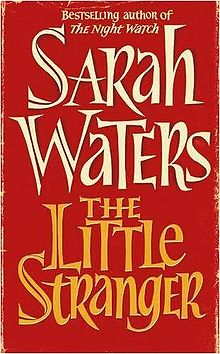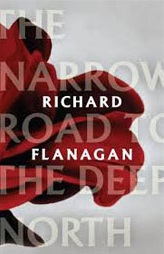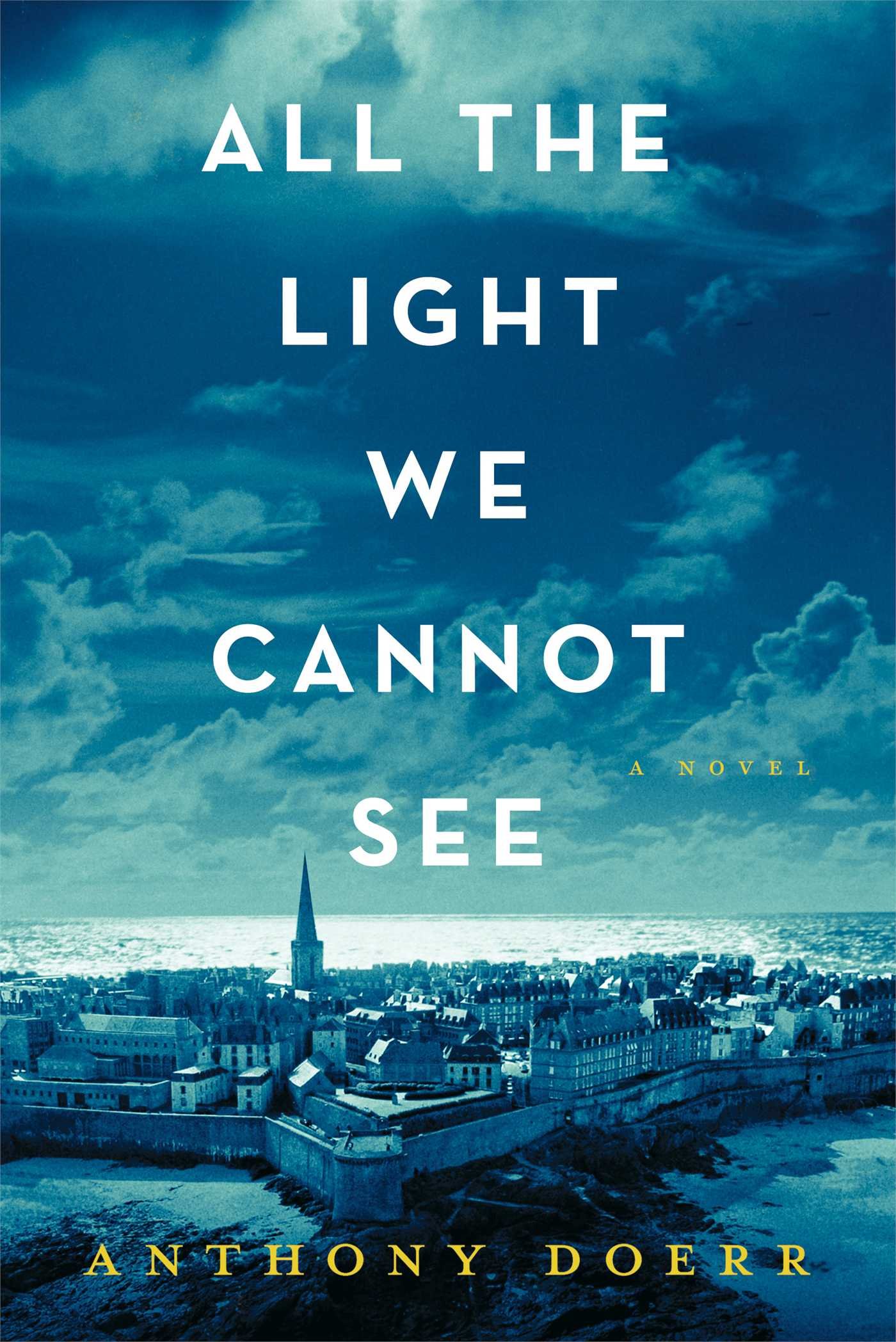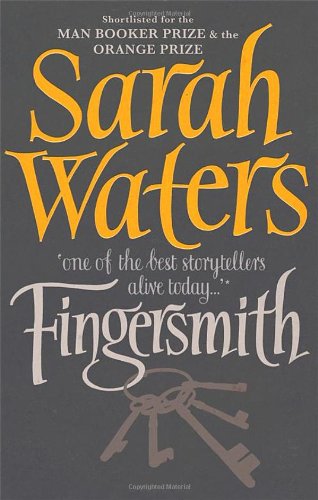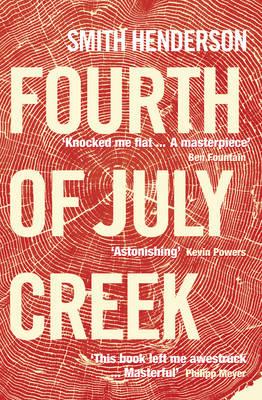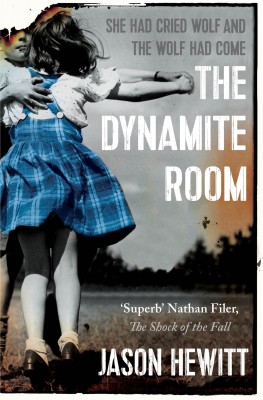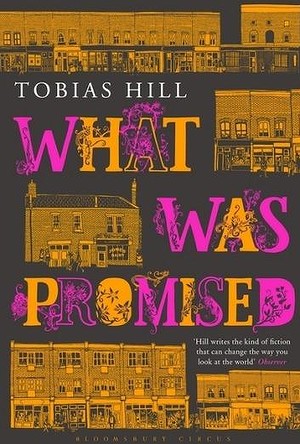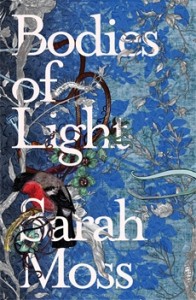I wanted to reward myself, after several weeks of battling the narrative tributaries of Zia Haider Rahman, with a proper story, properly told. Boy, do I need to be careful what I wish for.
I was reading an online discussion recently about Sarah Waters, in which it was observed that her novels’ resistance of conventional genre boundaries made it impossible to predict how they would end. I had this in mind while navigating the Little Stranger, and I think it’s a pertinent comment. The novel has elements of pure joyful gothicism*, complete with a possible ghost; however, it also encompasses the psychological thriller, as well as the more mundane arena of mid-century drawing-room romance, all with the occasionally-glimpsed feminist undercurrent which has to be expected from Waters. Continue reading The Little Stranger
In World War II, Richard Flanagan’s father was held by the Japanese as a POW, in the group of around 1000 POWs led by Weary Dunlop. This book, his latest, is a tribute to his father’s wartime experiences. Continue reading The Narrow Road to the Deep North
Both: male and female; dead and alive; watched and watcher. This is a gentle, lyrical novel featuring two central characters, a Renaissance painter and a grief-stricken English teenager. They occupy their own narrative strands, which, though separate, are interconnected, and which can be read in an order chosen by the reader (I lack imagination, so I just started at the beginning).
Continue reading How to be Both
Another publisher churns out another World War 2 novel. Here, we follow the fates of two children, an orphaned German boy and a blind French girl, through the build-up to war and into its consequences.
Continue reading All the Light We Cannot See
In 19th century England, a rogue enlists the help of a petty thief (the fingersmith of the title) to seduce a young woman of means. It’s hard to say much more without spoilers, because the plot twists itself into something completely new several times before getting to its conclusion. Story is definitely king here (or rather, I suppose, queen). Not that the prose isn’t pretty good: tight but lyrical, with descriptive passages that avoid slowing down the momentum. But the writing is there as a vehicle for the plot, not the other way around. The result is a suspenseful and engaging page-turner which I personally enjoyed immensely. Probably the greatest compliment I can pay it is that when I read it at the gym, I was taken completely by surprise at the machine timing out.
In one sense it’s hard to easily summarise what this novel is about. The main character is a social worker living in Montana in the late 70s and early 80s, and the two main threads of the story are his search for and relationship with a survivalist vigilante who has a young son, and his quest to find his runaway daughter. Those things, however, go along with a whole raft of other characters, almost all of whom have some kind of growth arc through the progress of the book. Although the settings are, for the most part, either gritty and urban or unforgiving wilderness, and a lot of the action is ostensibly depressing, there’s an optimistic heart to this novel that makes it more of a page-turner than it might otherwise be, and the prose is understated but well-crafted. If you’re a fan of moral ambiguity, this one comes recommended.
It seems like wartime England is the current It-theme for new releases. (Possibly, I only think this because I’ve read a couple of others recently.) So I guess if you’re going there, you need a hook. Here, a young English girl comes to be trapped in a house with a German soldier in a mysteriously deserted Suffolk village. From an intriguing premise, it sadly wanders through unobtrusive prose to some predictable conclusions, without taking advantage of the few surprises it manages to inject along the way. More entertaining than doing nothing at all, but not worth it if better options are available.
Beginning in post-war London, this novel follows the interconnected lives of three families over the course of forty years. I had heard good things about this book and went in ready to like it. It didn’t disappoint in that it was well-imagined, -constructed and -written, but…I don’t know, I did feel it lacked a certain warmth. The characters in particular were beautifully executed, but I felt the book was giving me instructions about how to feel towards them, rather than evoking those feelings. Maybe it’s a small complaint in the scheme of things, but it dampened my reading experience somewhat.
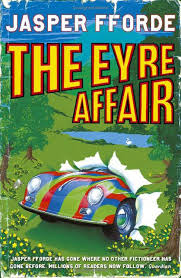
In an alternative 1985, dodos and neanderthals are no longer extinct, the Crimean war is entering its 131st year, and French Revisionists are suspected of tinkering with the Battle of Waterloo. More importantly, the barriers between fiction and reality are not as solid as one might think, and crimes against literature are considered sufficiently serious to warrant a dedicated Literary Detective force. This is the first and best in a series that is pure joy for the repressed Arts grad in all of us, as it tinkers with the rules of logic, history, matter, and reality (and along the way manages to answer the question of who REALLY wrote Shakespeare’s plays). Literary (and artistic and historical) winks and jokes abound; I’ve read it at least ten times and I’m pretty sure I’m still not getting some, having never read “Martin Chuzzlewit” – still, I really believe that even those with minimal experience of the English canon will enjoy these books. Having said that, an acquaintance with the basic plot of Jane Eyre will help.
Moss’s glorious female characters are fully formed and morally complex; in this novel, set in 19th century Manchester, they are both products of, and alienated from, their time and place. She seems fascinated by the consequences of parental influence, and is, unlike some novelists, capable of being passionate (or angry) about more than one thing at a time. Now someone just needs to convince her that male characters are worth writing with the same amount of depth (though heaven knows they’ve had enough time devoted to them by her colleagues already). A companion piece to the also-marvellous “Night Waking”.
